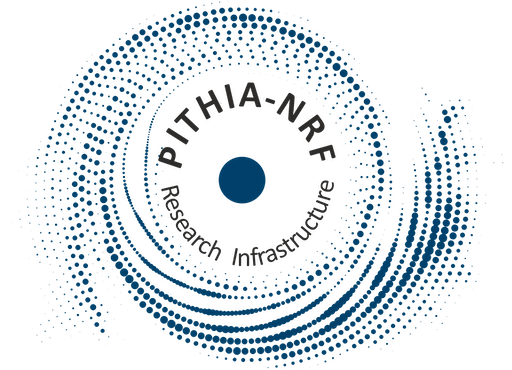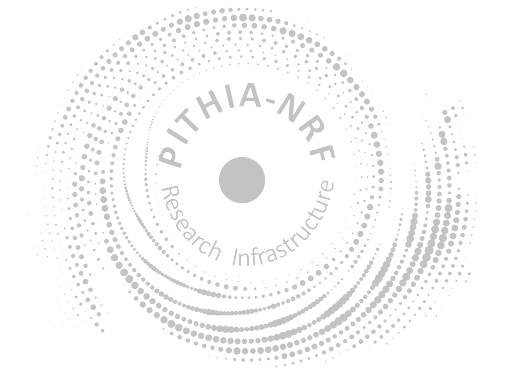<?xml version="1.0" encoding="UTF-8"?>
<ComputationCapabilities xmlns="https://metadata.pithia.eu/schemas/2.2" xmlns:xsi="http://www.w3.org/2001/XMLSchema-instance" xmlns:gmd="http://www.isotc211.org/2005/gmd" xmlns:mrl="http://standards.iso.org/iso/19115/-3/mrl/1.0" xmlns:gco="http://standards.iso.org/iso/19115/-3/gco/1.0" xmlns:xlink="http://www.w3.org/1999/xlink" xsi:schemaLocation="https://metadata.pithia.eu/schemas/2.2 https://metadata.pithia.eu/schemas/2.2/pithia.xsd">
<!--
For those software tools that may be used by any data provider, use as namespace: pithia
-->
<identifier>
<PITHIA_Identifier>
<localID>ComputationCapabilities_IRI_foF2-2Dmap_JonesGallet</localID>
<namespace>pithia</namespace>
<version>1</version>
<creationDate>2022-03-14T12:00:00Z</creationDate>
<lastModificationDate>2022-03-14T12:00:00Z</lastModificationDate>
</PITHIA_Identifier>
</identifier>
<name>IRI: Empirical quiet-time model of foF2 critical frequency as 2D maps in Jones-Gallett formalism</name>
<description>
Calculates 2D global map of foF2 using Jones Gallet expansion formalism and CCIR or URSI-72 coefficients.
</description>
<!--
A list of the "capabilities" of the procedure: a description (dimensionality, units) for each observed property that this process can evaluate.
The dimensionalityInstance describes the data domain of the single instance of the measured observed property (1D.point, 1D.Profile, 2D.Map, 2D.image..).
The dimensionalityTimeline describes the timeline of the measured observed property (e.g. Timeseries, Animation,...).
-->
<capabilities>
<processCapability>
<name>Jones-Gallet empirical climate model of 2D global O-wave Critical Frequency of the F2-layer</name>
<observedProperty xlink:href="https://metadata.pithia.eu/ontology/2.2/observedProperty/CriticalFrequency_F2-Layer"/>
<dimensionalityInstance xlink:href="https://metadata.pithia.eu/ontology/2.2/dimensionalityInstance/2DMap"/>
<dimensionalityTimeline xlink:href="https://metadata.pithia.eu/ontology/2.2/dimensionalityTimeline/2DAnimation"/>
<units xlink:href="https://metadata.pithia.eu/ontology/2.2/unit/MHz"/>
</processCapability>
</capabilities>
<dataLevel xlink:href="https://metadata.pithia.eu/ontology/2.2/dataLevel/L4"/>
<type xlink:href="https://metadata.pithia.eu/ontology/2.2/computationType/EmpiricalModel"/>
<version/>
<softwareReference/>
<!-- Use ESPAS-inspired design of processingInput and InputOutput types to specify all required input parameters for this computation -->
<processingInput>
<InputOutput>
<!-- Provide only name and description, no values: this field describes the process, not the observation result.
If this processingInput is a parameter that has specific value for the whole collection, use om:parameter field of the DataCollection
document to define such NamedValue, point its NamedValue.name to this name below, and use NamedValue.value to set the value -->
<name>R12_pre-2015</name> <!-- no spaces please -->
<description>
<mrl:LE_Source>
<mrl:description><gco:CharacterString>
This IRI model computation requires the old-style 13-month smoothed International SunSpot Number (ISSN) value R12, prior to
redefinition of the sunspot number computation by WDC-SILSO in June 2015. It is therefore required to obtain R12 data from
WDC-SILSO first, then scale down by a factor of 0.7. Monthly updates of the ISSN data is required. Instead, consider using IG
index when available (see below).
</gco:CharacterString></mrl:description>
</mrl:LE_Source>
</description>
</InputOutput>
</processingInput>
<processingInput>
<InputOutput>
<!-- Provide only name and description, no values: this field describes the process, not the observation result.
If this processingInput is a parameter that has specific value for the whole collection, use om:parameter field of the DataCollection
document to define such NamedValue, point its NamedValue.name to this name below, and use NamedValue.value to set the value -->
<name>IG_ionosonde-provided</name> <!-- no spaces please -->
<description>
<mrl:LE_Source>
<mrl:description><gco:CharacterString>
This IRI foF2 model computations may use IG index instead of R12. IG is an "effective" sunspot number derived by tweaking
the standard R12 value into the best match to the monthly median noon foF2 values from 13 ionosonde observatories.
As in 2022, IG index values are computed and released daily by E-CHAIM project at University of New Brunswick, Canada
(https://chain-new.chain-project.net/echaim_downloads/ig_rz.dat). Correspondingly, regular updates of the IG data file
are required for IRI to operate correctly.
</gco:CharacterString></mrl:description>
</mrl:LE_Source>
</description>
</InputOutput>
</processingInput>
<processingInput>
<InputOutput>
<!-- Provide only name and description, no values: this field describes the process, not the observation result.
If this processingInput is a parameter that has specific value for the whole collection, use om:parameter field of the DataCollection
document to define such NamedValue, point its NamedValue.name to this name below, and use NamedValue.value to set the value -->
<name>IGRF</name> <!-- no spaces please -->
<description>
<mrl:LE_Source>
<mrl:description><gco:CharacterString>
This IRI model computation requires 2D global map of modip (modified dip) of the Earth's magnetic field.
The International Geomagnetic Reference Field (IGRF) is a commonly used model of the Earth's main magnetic field
that provides modip calculation. Regular updates of IGRF expansion coefficients (every 5 years) are required.
</gco:CharacterString></mrl:description>
</mrl:LE_Source>
</description>
</InputOutput>
</processingInput>
<processingInput>
<InputOutput>
<!-- Provide only name and description, no values: this field describes the process, not the observation result.
If this processingInput is a parameter that has specific value for the whole collection, use om:parameter field of the DataCollection
document to define such NamedValue, point its NamedValue.name to this name below, and use NamedValue.value to set the value -->
<name>Coefficients</name> <!-- no spaces please -->
<description>
<mrl:LE_Source>
<mrl:description><gco:CharacterString>
This IRI model computation requires a set of expansion coefficients stored as a local file. Two options are usually
provided: the original CCIR-1967 coefficients as described in ITU-R recommendation P1239-3 (2012/02), or their later
update known as URSI-1988.
</gco:CharacterString></mrl:description>
</mrl:LE_Source>
</description>
</InputOutput>
</processingInput>
<algorithm/>
</ComputationCapabilities>

